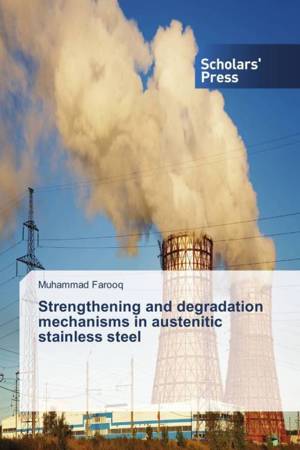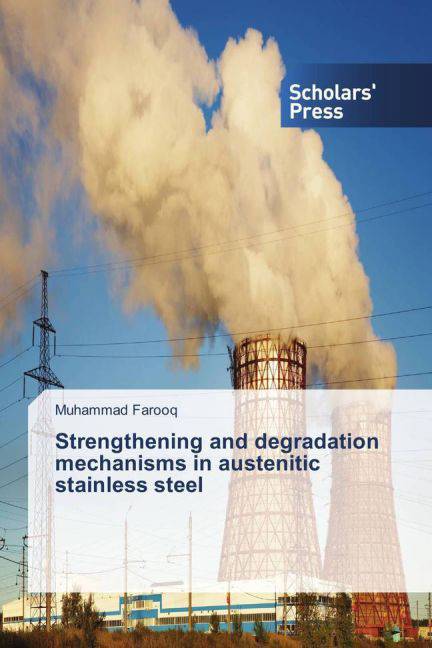
- Afhalen na 1 uur in een winkel met voorraad
- Gratis thuislevering in België vanaf € 30
- Ruim aanbod met 7 miljoen producten
- Afhalen na 1 uur in een winkel met voorraad
- Gratis thuislevering in België vanaf € 30
- Ruim aanbod met 7 miljoen producten
Zoeken
Strengthening and degradation mechanisms in austenitic stainless steel
Muhammad Farooq
Paperback | Engels
€ 51,95
+ 103 punten
Omschrijving
With rapid economic developments and rising living standards, the demand for electricity all over the world is greatly increased. Due to high fuel costs, the steam boilers with higher steam temperature and pressure are needed to decrease the cost of power generation throughout the world extensively. In recent years, human awareness of the gradual strengthening of environmental protection increases, therefore to reduce the CO2 emissions the power generation efficiency needs to be improved. The development of high temperature materials with improved creep rupture strength and oxidation resistance is critically needed. Materials for these demanding conditions are austenitic stainless steels such as 310, 310NbN and Sanicro 25. Fundamental models have been developed for the precipitation of coarse particles during long time ageing of austenitic stainless steels and the influence of the particles on the mechanical properties. The models have been verified by ageing experiments. The austenitic stainless steel 310 was aged for up to 5000 h at 800 ºC. The precipitation models could satisfactorily describe the influence of ageing time on the radii and the volume fractions of particles.
Specificaties
Betrokkenen
- Auteur(s):
- Uitgeverij:
Inhoud
- Aantal bladzijden:
- 72
- Taal:
- Engels
Eigenschappen
- Productcode (EAN):
- 9783639769074
- Verschijningsdatum:
- 28/08/2015
- Uitvoering:
- Paperback
- Afmetingen:
- 150 mm x 220 mm
- Gewicht:
- 118 g

Alleen bij Standaard Boekhandel
+ 103 punten op je klantenkaart van Standaard Boekhandel
Beoordelingen
We publiceren alleen reviews die voldoen aan de voorwaarden voor reviews. Bekijk onze voorwaarden voor reviews.











